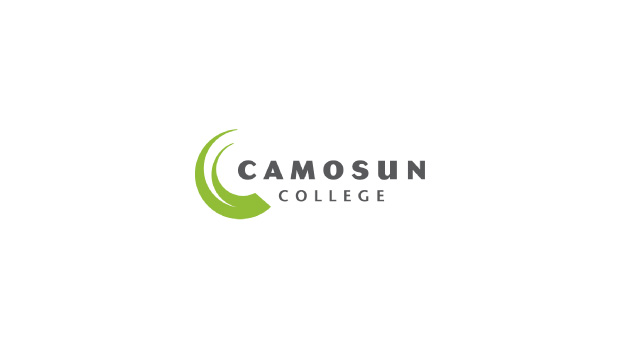Testing
The testing phase involves building and trying out challenge ideas. Past experience shows that half of the ideas the organizing group believe will work end up having problems that lead to rejection at this stage.
For example: one challenge idea that we once threw away for a kids SC event involved making an obstacle course for a rover, which the teams of kids would have to solve remotely.
Unexpected challenges and problem solving are at the heart of the Science Chase – both for participants experiencing the finished event, and for committee members creating the event. Test your challenge ideas before committing to their construction!
Deployment
Carrying out the Science Chase on the day of Science Rendezvous is a big task. It requires a full-day. For the key organizers, this day often starts on site at 6 AM. It also involves a large team of volunteers who help implement the various roles required on event day.
This section will describe how to take your Science Chase plan and turn it into a successful public event.
You will need to create:
- Detailed plan for the course of events experienced by the participating teams.
- What will teams do first? Attend a briefing to get them “up to speed on the situation”?
- Will every team finish?
- Map of the event from the perspective of the Science Chase, outlining where the challenge locations are, where Science Chase HeadQuarters is, and anything else of specific importance (i.e. volunteer lounge, alternative locations in case of bad weather, back up equipment and supplies)
- Summary list of each volunteer’s role
- Timesheet for volunteers
Volunteers
The Science Chase requires a special type of volunteer. When coordinating with the executive member responsible for recruiting volunteers, try to ensure there is a means of judging enthusiasm and the capacity to engage the public with a “character” within the Science Chase…
Need to keep volunteers motivated and focused, especially since there may be periods where few or no teams pass through (they might be stuck on an earlier challenge, for example). There have been incidents where a single volunteer wanders off and takes a quick break from their position. In this case, there hadn’t been a team pass by in about half an hour. Unfortunately, at that same time, a team arrived at the location they were supposed to meet a secret “informant” to get a clue that would bring them to their next challenge. When the team couldn’t find the person, they got confused and eventually found their way back to SCHQ where the issue was straightened out. The impact of one volunteer is like a burnt out light in a series of lights!
Clear means of communication is VERY important.
Ensure that each volunteer has a way to call SCHQ, the head of Science Chase, and their supervisor (committee member responsible for their challenge). This could take the form of an ID badge with phone numbers on the back.
Another story: volunteers closing challenge early and arriving back at HQ!
I prefer that no event-day volunteer is left on their own for extended periods of time. Past Science Chase events have been the most successful when the volunteers rotated in shifts, and worked alongside more experienced volunteers and/or graduate student volunteers.
A typical Science Rendezvous event runs from around 10 AM until late afternoon ~4 PM. There will always be need for volunteers at least an hour (if not a few) beforehand and after. I recommend organizing volunteers into two shifts: morning and afternoon, plus setup and take-down crew shifts.
- The Setup Crew: 7am – 9:30am
- The morning shift: 9:30am – 1:30pm
- The afternoon shift: 1:30pm – 4:30pm
- The Take-down Crew: 4:30pm – 6:30pm
- Training of Volunteers *(See ppt)
Science Chase Awards
You should give out awards! It is easy enough to find a few neat prizes for the top three teams. Try to get “in-kind” sponsorship for this (i.e. donations by companies in exchange for promotion, listing them as a sponsor). We’ve given out science books, surround sound speakers, laser pointers and other items seen in the Chase event itself (i.e. the kids who won were given a large diamond-like crystal they recovered as part of their storyline).
Depending on the other aspects of the event, you might consider having a short awards ceremony with a guest presenter (perhaps a notable administrator or scientist). For example, U of T has a “Science Stage” (used for science demos and musical performances), which is perfect for giving out the awards!




























